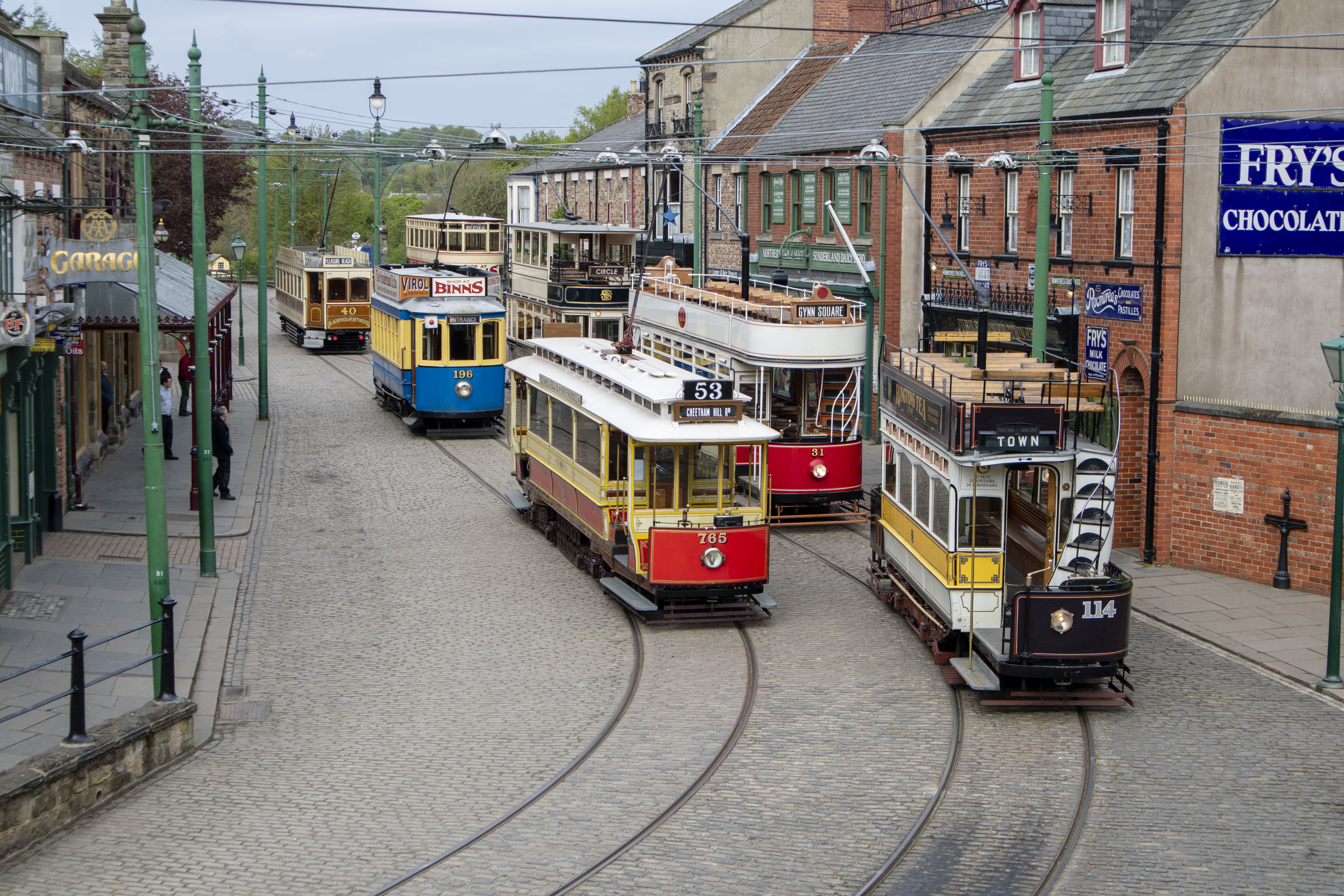
Fifty Years of Service – Beamish’s Tramway reaches its golden anniversary…
The Beamish Tramway has attained the remarkable feat of fifty years continuous service to the museum, nearly as many years as the region’s original electric tramways operated (parity with Sunderland Corporation will be achieved in three years time, when it will become the longest-serving system). This achievement is largely down to the foresight of its founders and the dedicated work and freely given expertise of the Beamish Tramway Group. They have supported the museum in developing this renowned system, which in every way fulfills (and exceeds) the expectations of its original brief. It is generally reckoned that it carries something like 1.5 million passengers per annum and the average fleet mileage exceeds 20,000 miles per annum. The core fleet of six tramcars have therefore more than repaid their original owners, and the museum, many times over! A tram ride at the museum remains an essential part of the visit, and so the Tramway remains a core operation that the museum is fully committed to sustaining and supporting.
For the Fares Please! passenger transport event over the 6 – 8th May 2023, a series of display panels were prepared, and the text and images from these are reproduced here, for those who could not attend the event. A revised edition of the book ‘Forty Years of Service’ is planned, and this will include the buses too.
Below: In 1965 Gateshead 10, still carrying the British Railway livery that was applied from 1951 for its service on the Grimsby & Immingham Electric Railway, is seen outside the goods shed at Clay Cross. It had been set aside for preservation by the British Transport Commission and placed into store. The grounded coach body next to it is Stockton & Darlington Railway No.179 – later restored for the 1975 celebrations of that railway’s 150th anniversary. Both are now part of the collection at Beamish.
Below: The Northern Tramway Sponsors had been set up in 1966 to promote the idea of a tourist tramway being established in the north east. The NTS took custody of Gateshead 10, and Sheffield 264 (which had been displayed at Clapham Transport Museum until 1967) and moved both to the Templetown Works of the Consett Iron Company. Here both trams were prepared for tourist use and a short section of line was electrified in order to test them. Here Gateshead 10, now repainted into its Gateshead & District Tramways livery, emerges from the railway works at Templetown.
Below: Sheffield 264 carried the number 1, as part of a fictitious Gateshead-inspired livery applied at Templetown. It had lost its top deck roof as it was felt that an open topper would suit its new role better, and due to the poor state of the structure. It was also bestowed with a version of Gateshead’s livery, with BET (British Electric Traction) applied to the waist panels, as seen here.
Below: In 1972 the Beamish Tramway Construction Committee was formed, under the direction of Beamish’s founder Frank Atkinson. The aim was to integrate a working electric tramway into the planned open air museum, and with an English Tourist Board grant, the first 0.5 mile section was constructed. The first section of work is seen here, this being the route from the Town, looking towards Pillar Bend. The route exits this view to the right as it approaches Foulbridge.
Below: Foulbridge was to become the engineering centre of the museum, and later administrative and museum stores would be constructed here too. It had been a farm, with cottages and a useful amount of space and so the depot was constructed here, the tramway initially curving sharply back onto itself to head for the Edwardian Town site, through what is now the Northern Bus Depot.
Below: This location is Pillar Bend – looking towards Foulbridge. The museum site has been sculpted and changed so much over the years that it is often hard to recognise the location – the Regional Resource Centre now dominates this view, with the Events Field to the right.
Below: Gateshead 10 was the first tram to arrive on site in 1973. A road drill compressor was modified to drive an ex-Bradford trolleybus motor, which in turn provided 550V dc to the overhead line. This was retired in 1975 when a motor-generator set was installed in a substation to the rear of the tram depot. This in turn has been replaced by solid-state rectification in the same substation.
Below: This view of Foulbridge shows the original curve from depot to running line, and the site now dominated by the Northern Bus Depot. The newness of the infrastructure can clearly be seen, with the landscape missing many of the trees that have since been planted and become a familiar and established part of the scenery here. Passenger services started on the 17th May 1973, 19 years after the last of the region’s commercial operators (Sunderland) closed their tramway.
Below: This view shows just how much the site at Beamish has changed. It is looking from Foulbridge tram stop towards the Entrance – with the cottages at Mahogany Row prominent in the scene. The valley that lies ahead of the tramway in this view was filled in, and the burn that created it was directed into a culvert that runs beneath the embankment and eventually through Pit Hill and the Colliery Yard.
Below: The area of the visitor car park and Entrance was open-cast mined for coal in the early 1980s, prior to the new facilities being developed. An extension to the Tramway was also planned as part of this work and construction commenced in 1984. The extension brought the route mileage up to 0.75 miles and it was opened in a basic form in October 1986. The loop at the Entrance was opened in June 1988, increasing the scope of operations and line capacity.
Below: The first loop at the Entrance. It was later relaid using components released from the 1990 Gateshead Garden Festival. This view shows Gateshead 10 and Sheffield 264 (as 342).
Below: The construction of the 1990 Gateshead Garden Festival tramway and the Beamish Tramway are intrinsically linked – Beamish installing the tramway infrastructure for its 157-day operation, and in return being able to recover the equipment at the end of the festival, for use at the museum. In July 1986 a route survey showed a potential way of completing the Tramway circle, using part of the disused railway formation from Rowley Station. The view here shows the climb up Pockerley Bank, through Birch Wood, the steepest section on the line.
Below: The traction poles on the last section of route completed were ex Gateshead Garden Festival, these being recovered Newcastle Corporation trolleybus poles. They were refurbished locally, work that included restoring their full height and also carrying out anti-corrosion treatment.
Below: The overhead line was installed prior to the laying of track, to enable access by the museum’s ex Stockport tower wagon, seen here where the Tramway route joined the former railway formation opposite what is now the 1950s street.
Below: Blackpool 31 explores the new route, wrong-road, adjacent to the Garage and Sweet Shop (seen under construction). This was an earlier period of expansion for the museum, with considerable development taking place around the site, including the extension of High Street, in the Edwardian town.
Below: On the 24th June 1993 the formal opening of the final section of the Tramway took place, with Sheffield 264 (by now restored to both its original condition, and number) being decorated for the occasion. The Tramway was now 1.5 miles in length, with an additional passing loop at Pockerley opening in 1995. Whilst no further extensions are planned, various ideas have been mooted and it is not impossible that additional mileage might be added to the Tramway in the future. The expansion of the bus routes has enabled more of the museum site to be opened up and these operate as part of the same system and are managed by the same team at the museum.
Below: Gateshead 10 is the Tramways flagship. 10 is one of a batch of single-deck cars built during the period 1920 to 1928 by the Gateshead and District Tramways Co. at its Sunderland Road works, and itself dates from 1925. The tram worked on routes in Gateshead and across the Tyne to Newcastle and Gosforth, and has a distinctive arrangement of front exit and rear entrance, denoted by the large triangular notice on the dash panels.
When the Gateshead system was abandoned in 1951, tram 10 plus eighteen similar cars were bought by the Eastern Region of British Railways to work on their electric railway between Grimsby and Immingham. Painted dark green, and carrying the fleet number 26, it ran until the railway closed on 1 July 1961. Fortunately the car was retained by the British Transport Commission as a candidate for preservation.
Below: Sheffield 264 is one of 15 double deck balcony cars delivered in 1907 to Sheffield Corporation Tramways by the United Electric Car Company of Preston. Then, owing to the large number of new more modern trams introduced by Sheffield, it was renumbered 342 in the late 1930s and relegated to peak-hour use, although it survived in service until 1956, the onset of the Second World War and resulting extensive damage to Sheffield’s tramways, ensuring that a number of the older tramcars in the fleet remained in revenue earning stock. 342 was acquired by the British Transport Commission and exhibited in Clapham Transport Museum until 1967, when its removal to Consett Iron Company premises was organised by the Northern Tramway Sponsors.
342 arrived at Beamish in December 1973 painted in Gateshead colours and temporarily converted to an open top layout owing to the poor condition of the upper deck structure (which had been dismantled and stored). The tram operated in this form until 1985, when it was withdrawn for a major rebuild to restore it to its 1920s condition as open balcony car 264.
In this form 264 proved to be a most useful all-weather tram, and worked hard for a further 13 years. During this period the ownership of both this tram, and that of Gateshead 10, was transferred to Beamish. The tram’s usefulness, age and a long working life caught up with 264 and so came the decision to withdraw the tram from service in 2002, pending major restoration work and substantial rebuilding of the body structure, much of which dates from the tram’s original 1907 construction.
In November 2013 the tram was dismantled for a heavy overhaul, eventually entering full passenger service, resplendent in the striking Prussian Blue and Ivory livery, complete with hand-painted crests, in April 2016. As a high-mileage tram, the next overhaul of 264 is only a few years away, work which will entail more wholesale reconstruction of the lower deck saloon and renewal of the wheels and axles/gearing too.
Below: Blackpool 31 was originally built as a four-wheel double deck open-top car in 1901 by the Midland Railway Carriage and Wagon Co. Ltd., for use on the Marton route. In 1918 Blackpool rebuilt the car as a trial prior to embarking on the production of its ‘Standard’ cars.
The body was lengthened and fitted to a new underframe; the three large windows show the extent of the original 1901 body and the small window at each end shows the amount by which it was extended.
The car ran as an open-top unvestibuled tram until 1928, when a top cover was fitted. However in 1934 it was transferred from the passenger fleet to the Engineering Department and the top cover was once more removed. Renumbered Engineering Car 4, the tram was fitted with an overhead line inspection tower in the centre of the upper deck, with two trolley poles disposed front and rear, and driver’s windscreens were added. In the fleet renumbering of the 1960s the car was renumbered 754.
The car survived in regular use in this guise, remarkably, for 50 years. Then in July 1984, it was transferred on long-term loan from Blackpool for restoration and operation at Beamish. Before restoration commenced, it was trialled on the Tramway at Beamish, as seen in this view.
Below: This restoration work was undertaken over the succeeding three years in the Beamish workshops, and this very popular high-capacity tram now operates regularly every summer as open-platform, open-top double deck Blackpool tram 31 in its 1920s condition.
Below: The completed Blackpool 31 is seen outside the tram depot at Foulbridge. It has made visits back to Blackpool on a number of occasions, as well as the Heaton Park Tramway in Manchester.
Below: Tram 196 is a small 4-wheel single decker, built in 1935 at the Boavista Works of Companhia Carris de Ferro do Porto (The Oporto Tramways Company) to an American design dating from 1909. It was one of 77 generally similar cars, although the earlier versions differed in length and/or width.
Oporto withdrew 196 after suffering collision damage, and it was brought to Beamish from Portugal in 1989. A number of similar trams of this type have been acquired for preservation in this country and in America, but 196’s destiny initially was to yield spare parts for other tram projects.
However, once its sound condition had been realised, to the extent that it was capable of running on arrival, Beamish decided to convert it to a totally-enclosed car primarily for off-season operation, and to obtain an additional tram (176, in worse condition) for spare parts.
Damaged areas of 196’s body were made good, and the former open-sided platforms closed in, with folding door access on the UK loading side. Seating arranged longitudinally for 28 passengers was installed, and the richly-decorated varnished wood features restored. Externally the panel-work was replaced and the original matchwood dashes restored. The original roof-mounted electrical resistances were replaced by new platform-mounted units, arranged to help to keep the car interior warm in winter.
Although some changes have been made to the destination boxes, and the tram appears in the same livery as No.10, considerable care has been taken to retain the original styling in the alterations carried out (observant passengers will see some notices still in Portuguese). Unusual retained features are the 14 saloon windows, whose two halves open by sliding up into recesses in the roof. 196 joined the Beamish service fleet in May 1992.
In recent years it has carried the livery carried by the trams that operated in South Shields, and in the future it may carry more regionally extinct liveries as and when overhauls and repaints take place.
Below: Newcastle 114 is one of twenty four-wheel open-top short-canopied ‘A- Class’ tramcars built in 1901 by Hurst Nelson and Co. Ltd., Motherwell, for Newcastle Corporation Tramways. During their lives these vehicles were extensively rebuilt, one of the early improvements being the provision of a top cover for the upper deck seats. The majority of these trams, including 114, were sold to Sheffield Corporation in 1941 following inspection on the scrap siding in Gosforth Park, to replace war-damaged vehicles.
After further upgrading to totally enclosed and vestibuled form – a rebuild that reflected great credit on Sheffield Tramways – they performed useful service until final withdrawal in the early 1950s. 114 ran in this form as Sheffield 317 until 1951.
The body of 317 (114) was discovered on an arable farm near Scunthorpe, and after several moves it arrived at Beamish in 1987. Total rebuilding was carried out using a mixture of contract, museum and volunteer labour, and incorporating as many original parts as was practicable.
Below: The whole restoration project took nine years to complete, culminating in 114 returning to passenger service in May 1996. Sufficient of the original body parts have been retained and incorporated to preserve the tram’s pedigree, and 114 now stands as the unique example of this type of tram to survive. Built as it was to replace horse trams, and restored to 1901 form, 114 certainly appears as the most antique of the Beamish tramcar fleet.
Below: Sunderland Corporation Tramways No.16 was built as an open-top tramcar by Dick, Kerr & Co., Preston, in 1900, forming with her five sister trams the batch 13-18. As with many other tramway undertakings, Sunderland fitted its early vehicles with top covers, and most of its fleet was so dealt with by 1916.
However, No.16 and the others of the same class had to wait until after the Great War to receive this treatment. Many other modifications followed in the 1920s and 1930s: new trucks, new staircases, alterations to the seating, and the substitution of a bow collector in place of the trolley pole.
When the Sunderland tram system closed in 1954, a number of tram bodies escaped the usual fate of burning in a scrapyard, instead finding a new use as football changing-rooms. After a spell on a football field, the lower saloon of No.16 was moved to Westwood Farm, Low Warden, near Hexham, Northumberland, where it spent the next 30-odd years as a tool-shed and apple store. The body was rescued by Beamish North of England Open-Air Museum in 1989 as a potential restoration project, followed by several years’ research work, production of engineering drawings and procurement of both materials and specialist services.
Below: To complete Sunderland 16, three major contracts were let: for the refurbishment of a second-hand Peckham P35 truck, for the reconstruction of the recovered lower saloon, and for the construction of a new top deck from drawings. These three elements came together at Beamish early in 2001, followed by two years’ painstaking work to restore this sole-surviving original Sunderland tram to its 1920s enclosed double-deck condition. No.16 was launched into service in July 2003, providing a useful 66-seat vehicle for year-round use on Beamish Tramway, whilst representing the second-largest tramway undertaking in the North East.
Below: Gateshead 52 was built in 1901 by the Electric Railway & Tramway Carriage Works Ltd in Preston and originally carried the number 7. Four sister cars were rebuilt as pay-as-you-enter vehicles, although this pioneering idea did not meet with much success at the time and was later abandoned.
In February 1916 it was involved in an infamous accident on Bensham Bank, running away and overturning. This resulted in the deaths of four pedestrians. A number of contemporary postcards recorded the event and after recover, the tram was placed into store.
No.7 was rebuilt and returned to service in 1920, later being renumbered ’52’ in 1928. It was now fitted with an 8 bay enclosed saloon of simple style and with no clerestory. It was renumbered in 1928, taking the number 52 within the fleet.
Mr William Southern was a former driver in Gateshead and a regular on 52. Upon the closure of the system in 1951 he purchased 52 (sans motors) and moved the car to his allotment in Low Fell, not so far from the southernmost route on the Gateshead system. Following his death, 52 was donated to the Tramway Museum Society and moved to Crich, Derbyshire.
Some restoration work was carried out but it was later moved into store, where sadly it extensively was damaged in an arson attack. The Tramway Museum Society agreed to transfer 52 to Beamish’s ownership and it arrived at the museum in January 2014. It is now stored in the depot, awaiting assessment and the substantial funding required to restore it to operation.
The photo below shows Gateshead 52 carrying its original number 7.
Below: An extensive network of standard gauge tramways was developed to serve Oporto and its hinterland, with electric traction being introduced from 1895. Developed and operated by the Companhia Carris de Ferro do Porto (CCFP), the tramcars were initially supplied by the US company Brill, but later CCFP developed its capacity to both rebuild these and also to construct new tramcars in their Boavista works.
CCFP used a large number of freight trams on the network, and for the transport of coal from the mines in São Pedro da Cova to the new power plant in Massarelos, as well as for the removal of the ash from the power station to tips around the system, a fleet of trams with dropsides was built. This included C65, built in 1912 and with a six-ton capacity between its two cabs.
As the Oporto system contracted in size, surplus rolling stock became a valuable source of components for the UK tramcar restoration movement. The supply ranged from trucks and electrical equipment, to whole tramcars (as was the case for 176 and 196 at Beamish). In March 2005, C65 was obtained by the Tramway Museum Society, who moved it to their storage depot at Clay Cross in Derbyshire.
In September 2016, having agreed to transfer C65 to Beamish, the coal-car was moved to Crich, the museum site of the TMS, where it took part in their annual Tram Day. It was then moved to Beamish later that month, where it has since been subject to gradual overhaul with a view to testing its capabilities and potential suitability as a training tram.
Below: With the Tramway now half a century old, it is very close to exceeding the length of time the original systems in the region operated electric tramway services. To ensure that it remains operational, as a core museum exhibit and essential transport function, extensive maintenance work has to be undertaken. For example, over the winter of 2022/23 a large number of sleepers have been replaced (exchanging rotten timbers for recycled plastic sleepers with a 100+ year life expectancy), rails changed and areas such as the curved rails in High Street repaired using modern welding techniques – as seen here.
Below: New stocks of rail have been purchased, at great expense, and these are being installed into the route during winter shut-down periods. The overhead line also requires constant attention and renewal and before too long, virtually all of the materials originally used will have been replaced. And in another fifty years, the same again will no doubt have applied – the Tramway having every chance of serving the museum for another fifty years and more…
Trams that have been dismantled at Beamish, left the museum or which are awaiting/undergoing restoration
Below: We start this section with Sheffield 513 – one of a build of 35 double deck trams constructed between 1950-1952 by Charles Roberts & Co. of Wakefield (now Bombardier), to a design by Sheffield Transport, having comfortable upholstered seating for 62 passengers. It is carried on a 4-wheel Maley and Taunton hornless type 588 truck with rubber and leaf spring suspension. The car is powered by two Metrovick 101 DR3 65hp motors. Air brakes are fitted, acting on all wheels, and electric braking is available for emergency use.
Representing the ultimate development of the traditional British 4-wheel tramcar, 513 worked for only 8 years, as Sheffield abandoned its first tramway system in 1960. On 8 October of that year 513 ran specially decorated in the final procession; so too did sister tram 510, now preserved by the National Tramway Museum at Crich. The wheel has now turned full circle, as Sheffield’s second tramway (South Yorkshire Supertram) was completed in 1995.
513 was purchased by Mr J Rothera of York, who stored it by the Middleton Railway in Leeds until September 1962, when it was moved to Cullingworth goods shed near Halifax. There it remained until 1973 when Mr Rothera presented it to the Castle Museum, York. No covered storage could be found at York, so after a period of outside storage it arrived at Beamish in 1976.
During the 16 years of storage much damage was done. Many windows were broken and panels dented, the leather upholstery suffered and the mahogany mouldings stained by rain water. One of the controllers and some air pipework had been cut out and removed, the light fittings badly damaged and the air gauges destroyed. Restoration commenced in 1978 and the tram was fitted with a pair of Crompton-West CT/TJ controllers, entering service at Beamish in 1983.
On 1 October 1984, 513 left for Blackpool where it operated on loan for 14 months, taking part with nine other preserved trams in the Blackpool Tramway Centenary celebrations in September 1985. After several more years’ service at Beamish, and a major mechanical overhaul, 513 returned to Blackpool in February 2001, this time for a long-term loan. In February 2011 the tram was moved on loan to the East Anglia Transport Museum, where it remains on loan and in operational condition. It’s long wheelbase makes it unsuitable for operation at Beamish, and to operate at the level of intensity required, it would also require a substantial overhaul, so there are no plans for it to return to Beamish at this stage.
Below: One of Blackpool’s impressive Balloon trams, built by English Electric in 1933, was a member of the fleet for a number of years. After many years’s service in its hometown, 703 was withdrawn from service and transferred to the Lancastrian Transport Trust. Inspired by its similarity to English Electric tram 99 purchased by Sunderland, 703 was repainted into Sunderland red and cream livery and transferred to Beamish Museum on 15 September 2010 on a five year loan as a working exhibit, masquerading as ‘Sunderland 101’.
After an overhaul, remedial work and the reinstatement of trolley current collection, 101 was launched into service at Beamish on 18 October 2011. It then became a valuable and high-capacity member of the fleet, until 2015 when due to a failure of one of its wheel tyres, it was withdrawn from service pending not only repairs to this, but a comprehensive overhaul. With such work unlikely to take place at Beamish, in 2016 it was offered to the Blackpool Heritage Trust (along with Blackpool 621) and was moved to Blackpool in March 2017 where it remains in store.
Below: When Walter Luff took over as Manager of Blackpool Corporation Transport, his 1930s modernisation plan saw the development of a family of centre entrance cars including the Railcoach, Balloon and Open Boat types. The prototype Boat (225) arrived in January 1934 and was followed by 11 production cars (226-236) in July and August 1934, which differed from prototype 225 in having higher sides. Officially titled ‘Luxury Toastracks’ they quickly became known as Boats, reflecting their Gondola-like appearance with a central canopied entrance and streamlined profile. Blackpool 605 (originally numbered 233) ran in its hometown until October 2009 when it was bought for preservation by the Lancastrian Transport Trust.
After storage in 2010 and 2011, Boat 605 arrived at Beamish on loan in February 2012. Commissioning followed shortly afterwards and, repainted and carrying its original number once again, 233 entered service at Beamish on 11 April 2012. In August 2013, 233’s owners sold the tram to the Market Street Railway in San Francisco, where it commenced regular operation on the ‘E Line’ heritage service in 2015.
Below: Another Blackpool streamliner found a home at Beamish for a brief period between 2014 and December 2017, this being Brush Railcar 284 (later renumbered 621). It was presented to the museum by the Fleetwood Heritage Leisure Trust (FLHT) and was accepted as a longer-term restoration project.
It was built in 1937 by the Brush Electrical Engineering Company in Loughborough as the first of 20 such tramcars supplied to Blackpool. It served the town for almost 70 years before being retired and stored in 2004. In 2011 it was acquired by the FLHT, eventually being transferred to Beamish for future restoration. 621 was stored throughout its time at Beamish, and in December 2016 it returned to Blackpool under the ownership of the Blackpool Heritage Trams, a sponsorship deal enabling it to be restored to operation in late 2017.
Below: Newcastle & Gosforth 49 was a horse tram constructed by the Midland Railway Carriage & Wagon Company in the latter half of the 1870s. When the horse tramway closed (to be replaced by the Corporation’s electric tramway), this tram was sold for use as a summer house near Belford in Northumberland. In 1972 it was recovered and brought to Beamish for storage (seen below). It was later removed to Merseyside for assessment with a view to restoration, but its condition proved to be beyond recover and it was dismantled, with usable parts returning to Beamish.
In 2012 the remains of Leamington & Warwick 8 arrived at Beamish. This was one of a pair that had survived in Warwickshire and was latterly stored at Birmingham Railway Museum and then Summerlee Museum of Scottish Industrial Life. As this tram is virtually identical to N&G 49, the parts of both are being combined, along with many new components (such as staircases, dash panels, handbrake columns and lamps) to recreate a N&G horse tram, and which will carry the number 49.
Below: A number of tramcar bodies were recovered from around the region and brought to Foulbridge for storage and component recovery. This is Gateshead 12, which was dismantled to release components for the restoration of Gateshead 10 and, in time, Gateshead 52. The location is Foulbridge, where the Regional Resource Centre now stands.
Below: Gateshead 47 is shown here – note the arched top windows that distinguish this from No.12. Also of interest is the 1926 Bullnose Morris Cowley and in the left foreground a piece of plant (a mortar mixer). It seems a shame, perhaps, in hindsight, that these bodies were broken up, but the spares they yielded were vital to the development of the Beamish Tramway at the time, and few could have imagined the potential growth the tramway would see and the modern facilities for restoration of even the worst cases that are now available. However, not only did No.10 benefit, but No.52 will too
Below: Oporto 176 was obtained when it was realised that 196 was in such good condition that it really couldn’t be broken up as a donor for the restoration of Newcastle 114. The truck, controllers and electrical equipment were recovered from 176 and the body sold off, later being mounted on a trailer and shown at events across the UK. It is seen here at Foulbridge whilst being dismantled.
Below: The remains of Gateshead 51 were collected some years ago, with the saloon having to be substantialyl dismantled in order to pass through a domestic doorway. These components remain in store and are likely to be combined with those parts recoverd from Gateshead 12 and 47, in the restoration of Gateshead 52. There is almost nothing substantial of 51 left now and no realistic prospect of it being restored in its own right.
Below: Blackpool Tower Wagon 749 was built in 1907 and mounted onto a Milnes plate frame bogie (ex trailer in the Blackpool & Fleetwood number series 11 – 13). It was usually partnered with Blackpool 31 (in it’s works car guise as number 4), being allocated the number 749 in 1979. It was transferred to Beamish for future display and remains in storage, though did receive conservation attention in 2010. It is hoped that, when the tram depot is eventually extended, a maintenance area using period equipment can be created to show some of the hidden story of electric tramway operation.
Tramcars that have visited the Beamish Tramway
Over the years the Beamish Tramway has hosted a variety of visiting tramcars. Some have been short-term visits, whilst others have been longer. The choice of visiting tramcar has often been based on what it is possible to safely move over the road network, something that has become more challenging as trees and roadside hedgerows have increasingly been left to grow without restraint or pruning. As a result, future visits to the museum are less likely, though there are one or two which would certainly be very appealing if they were to become feasible.
With thanks to the Beamish Tramway Group, Les Brunton, Peter Barlow, Mel Whatmough and the Late Tony Wickens. The work and contributions of many others is noted and acknowledged as we celebrate the fiftieth anniversary of the Beamish Tramway. Photos from the aforementioned contributors, Andy Martin, Beamish Museum and Paul Jarman


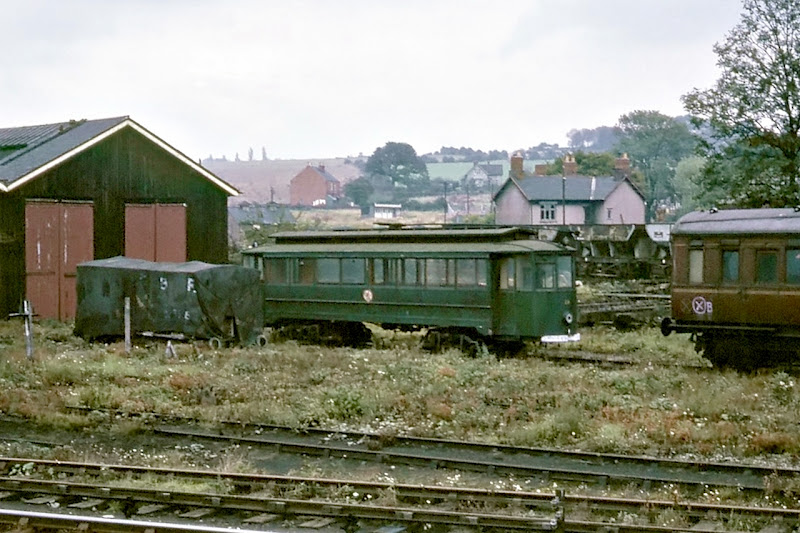

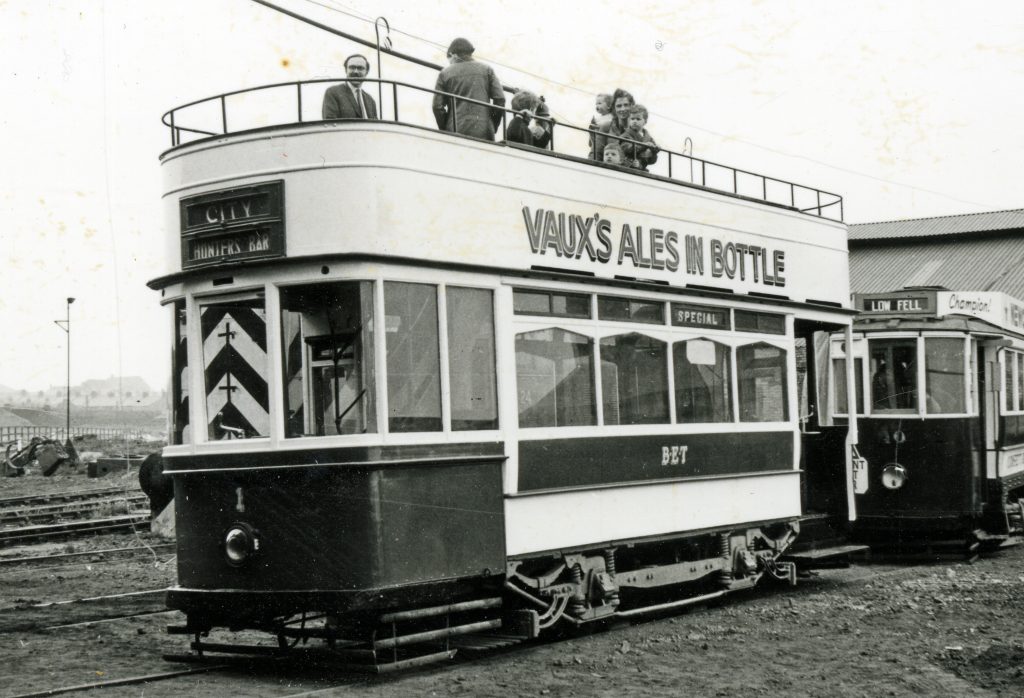
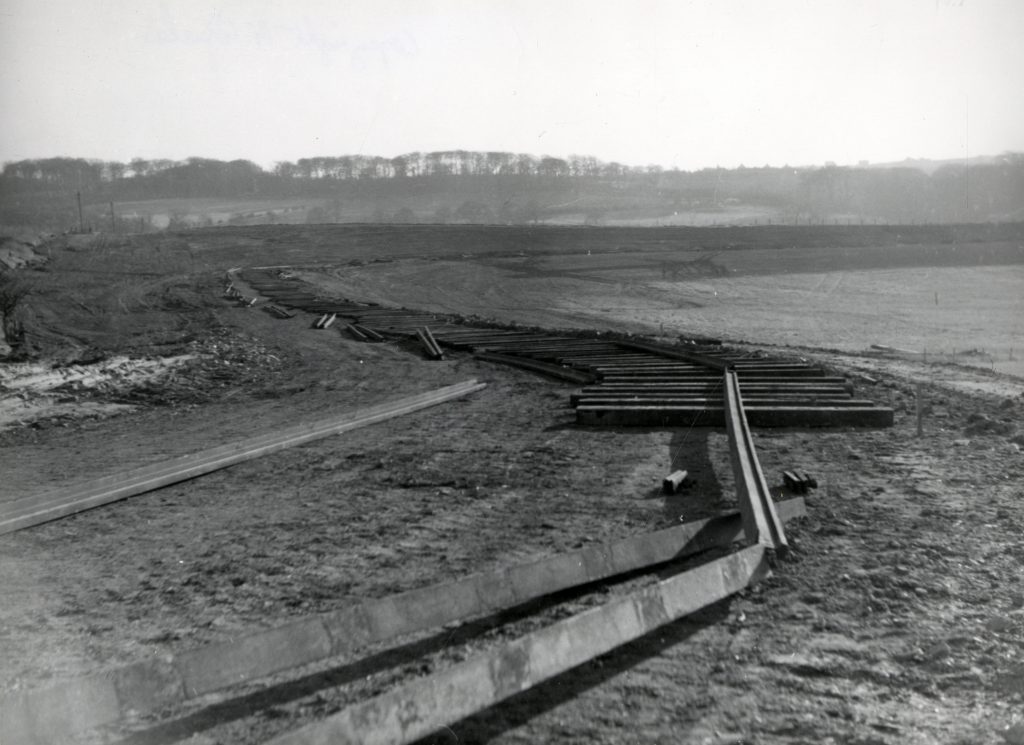



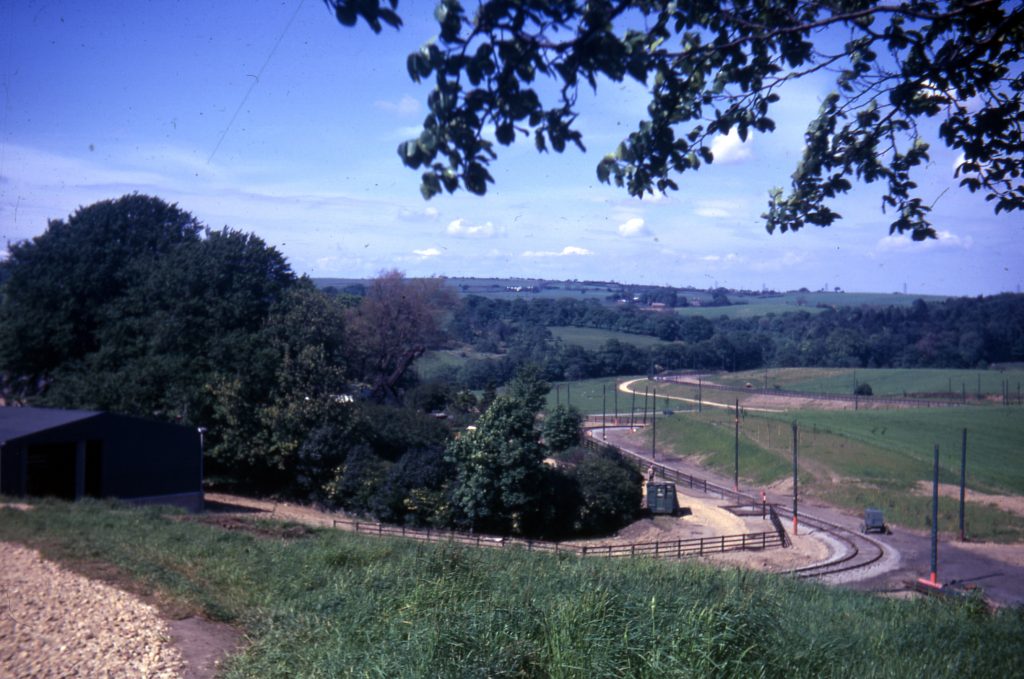
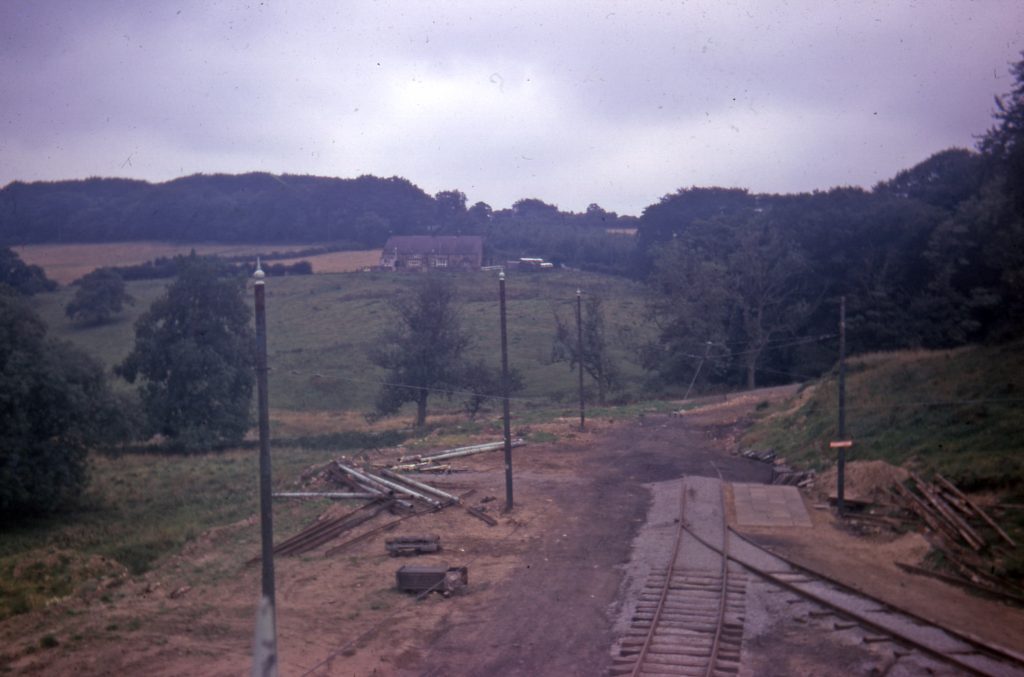
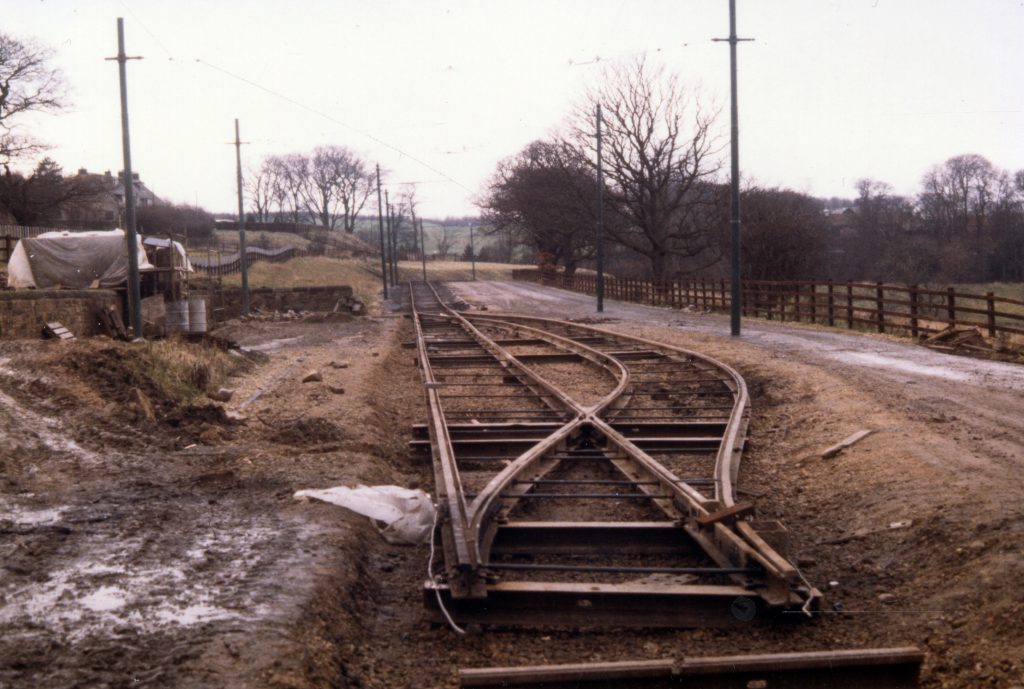


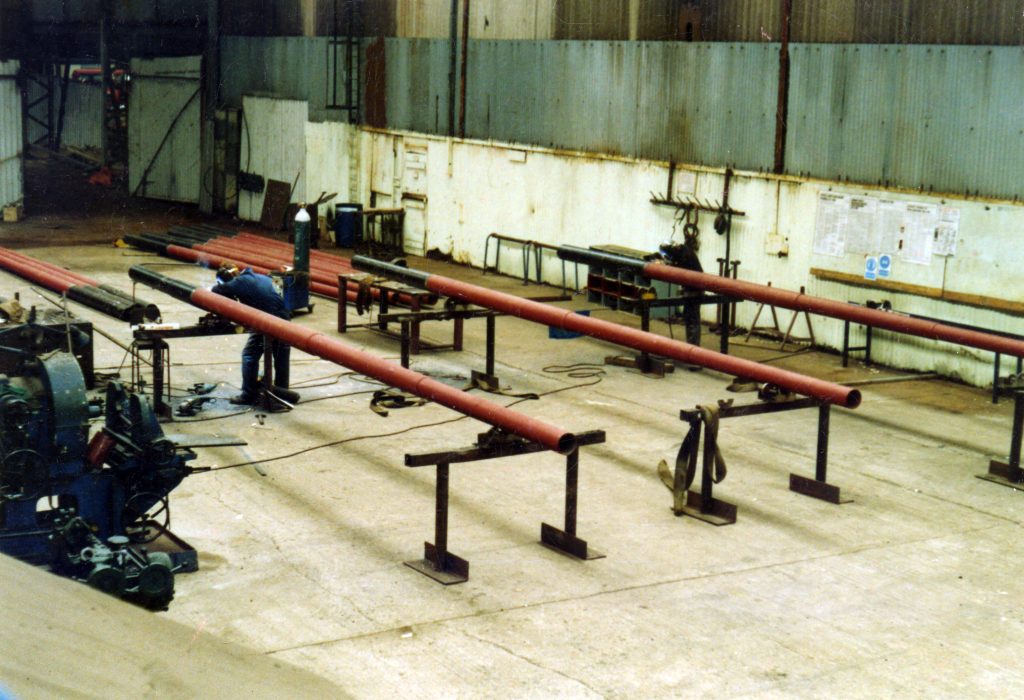

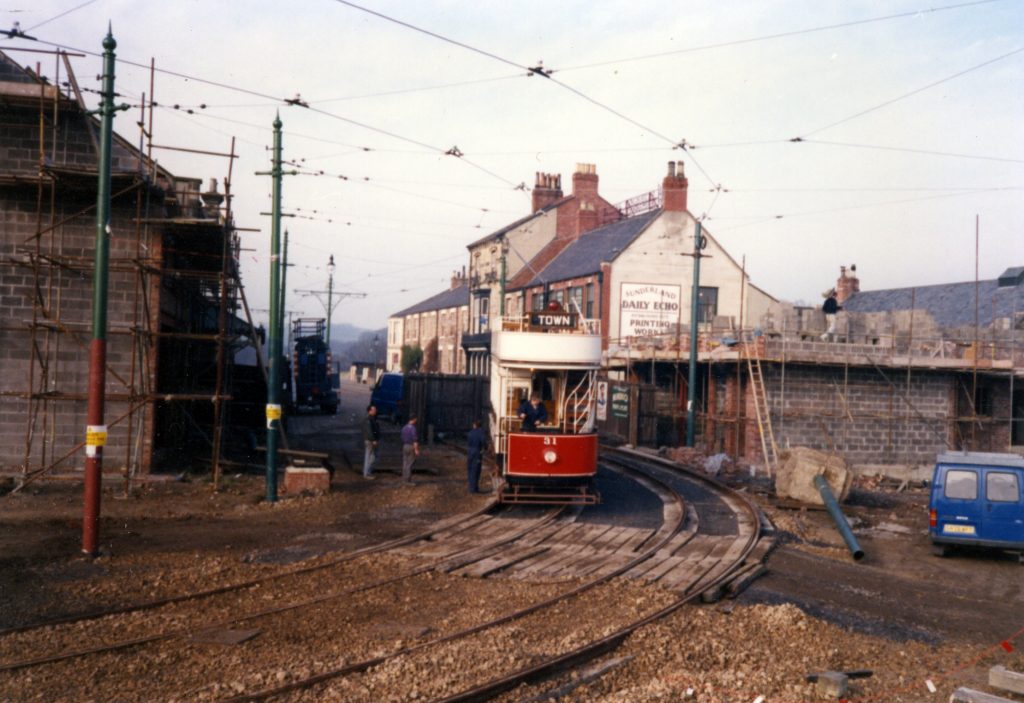







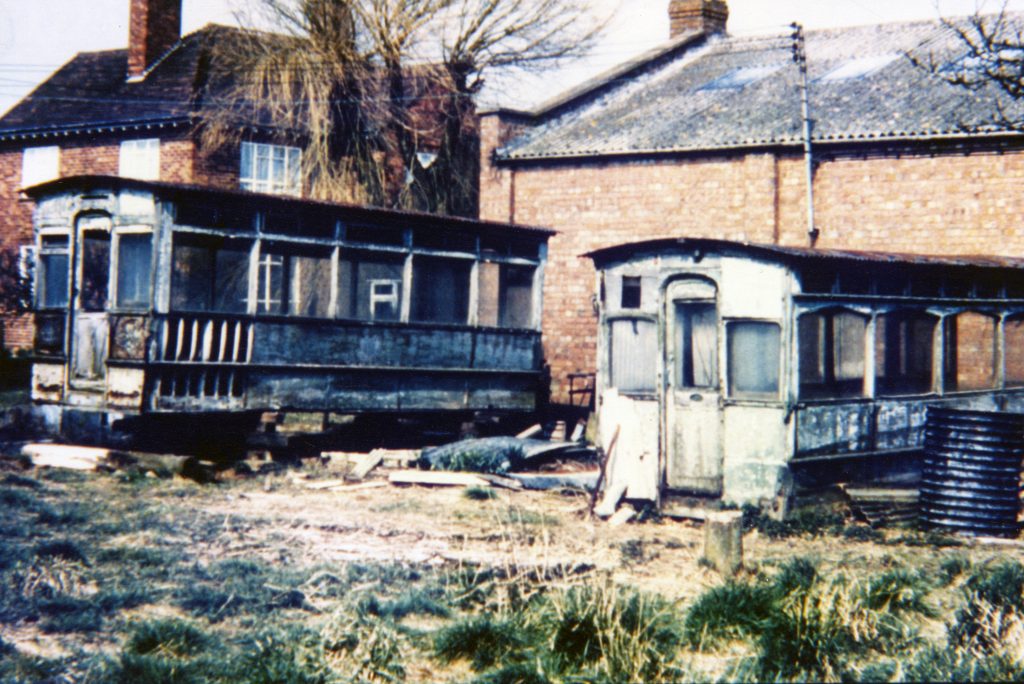


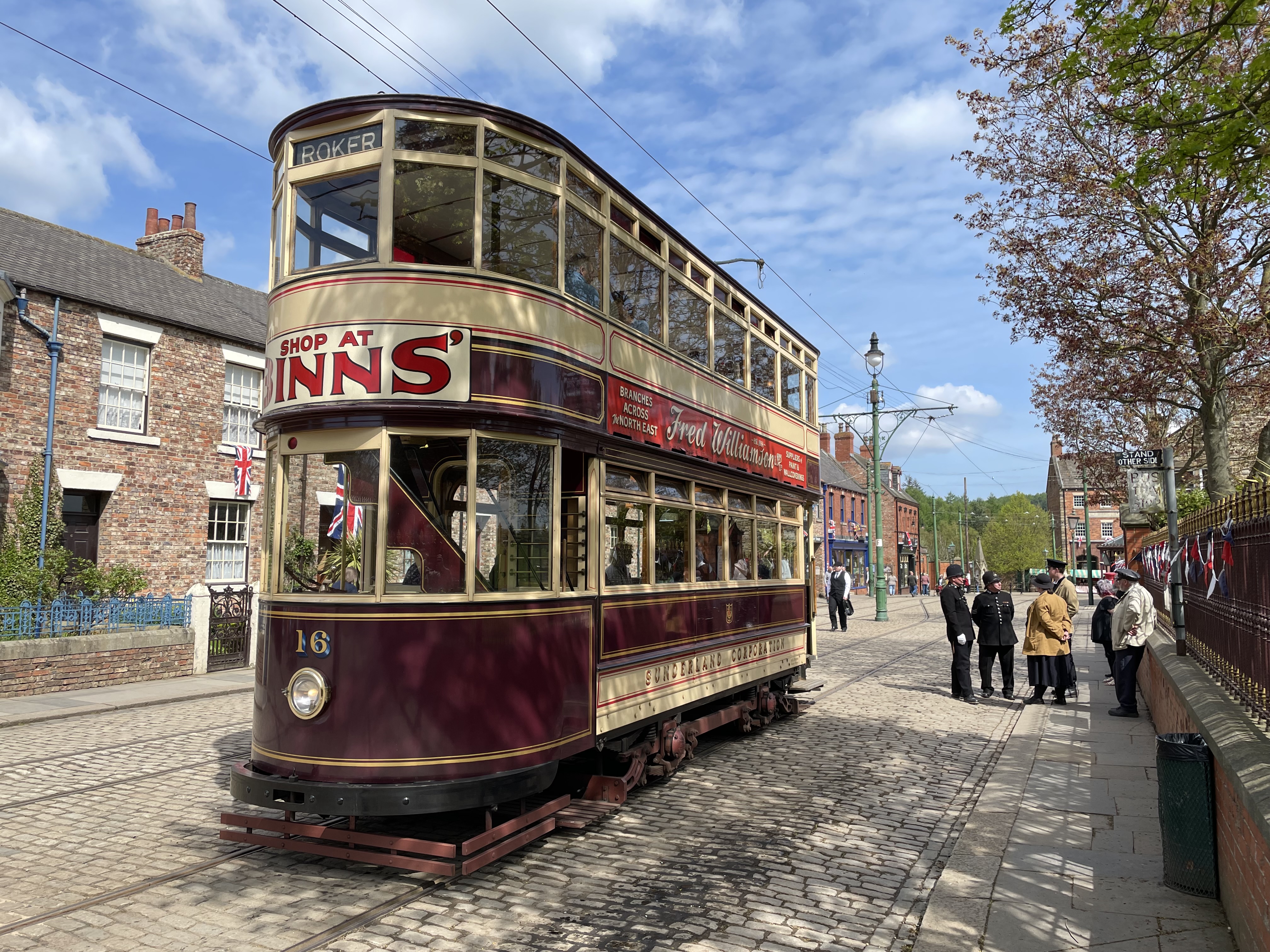



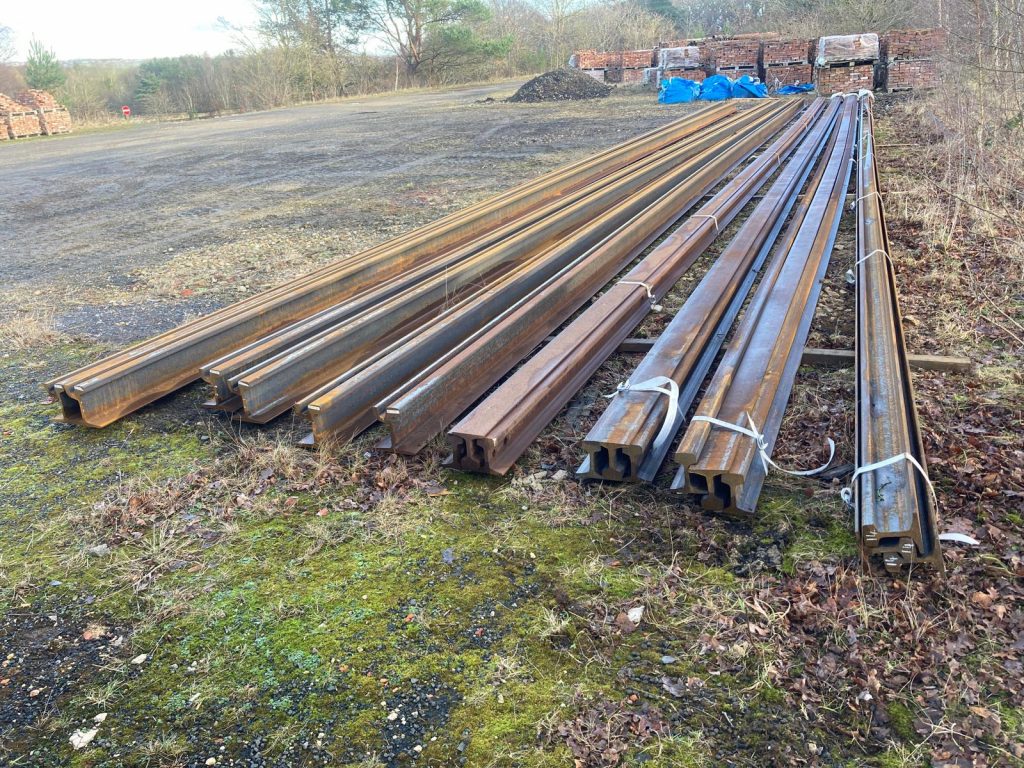
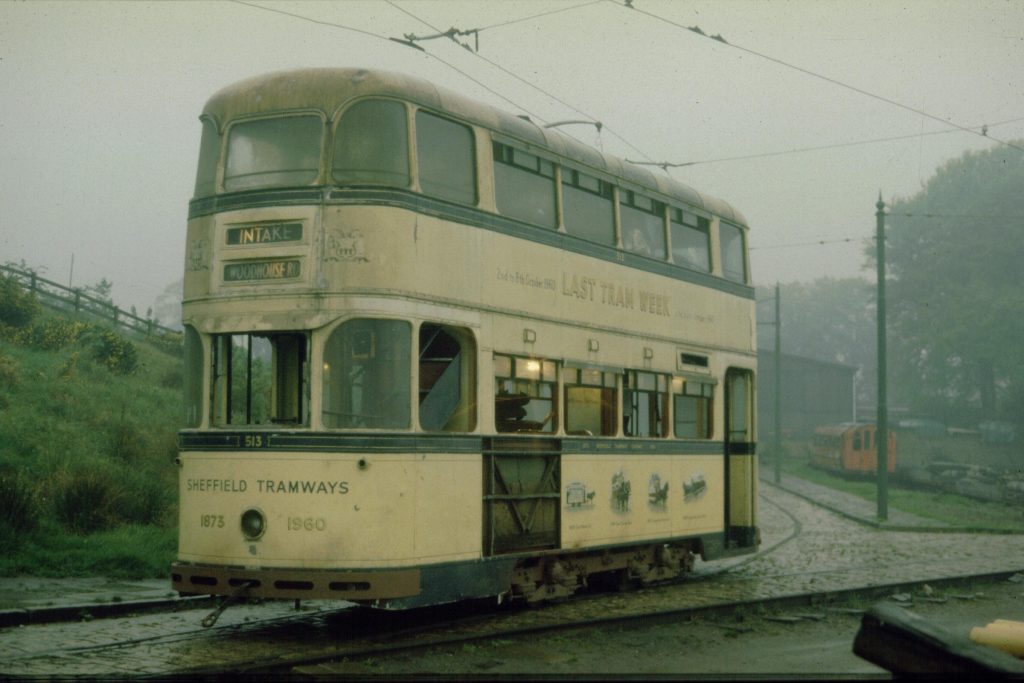


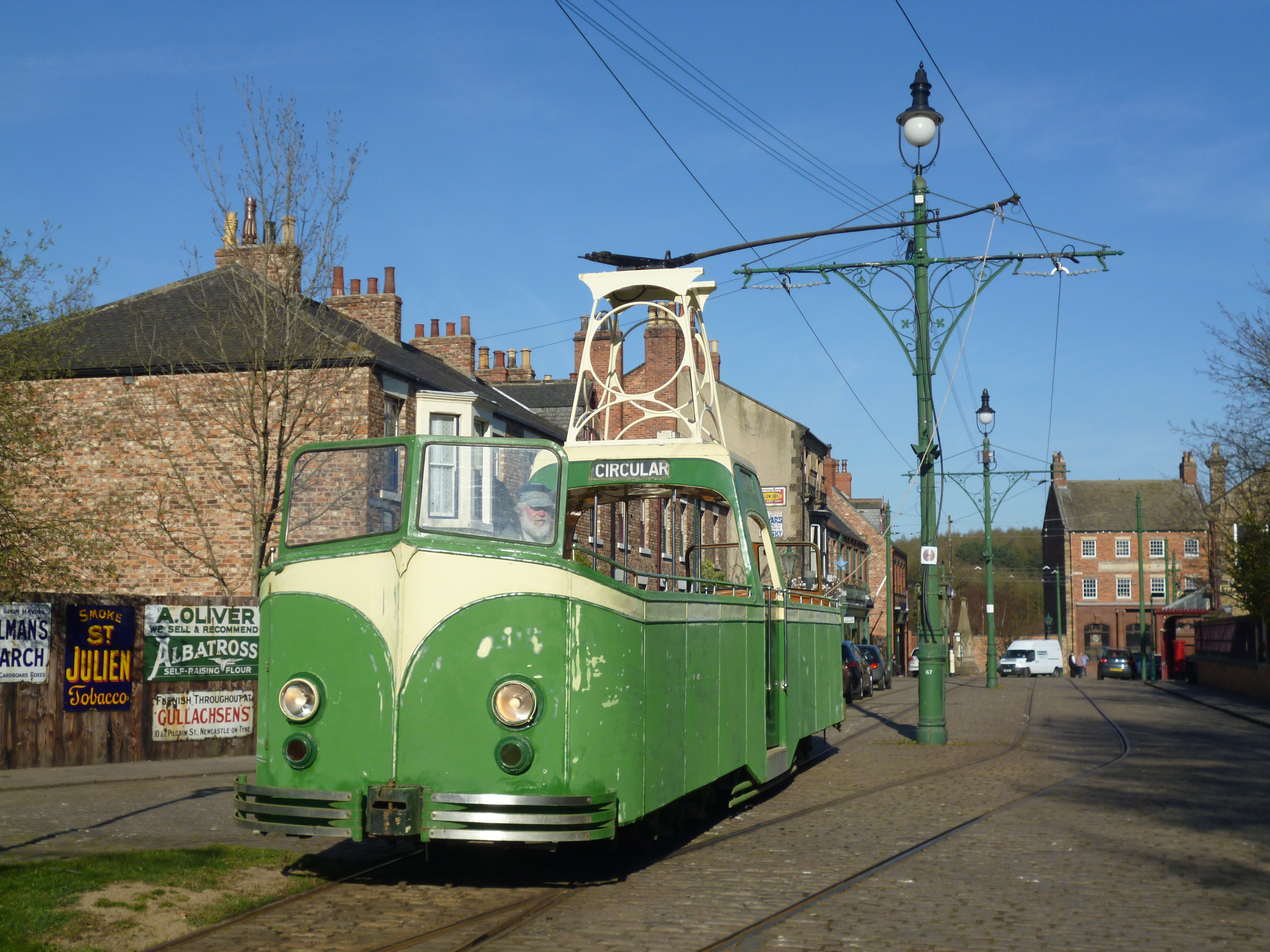


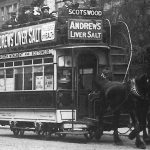

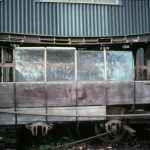
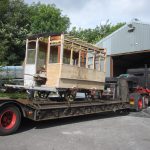
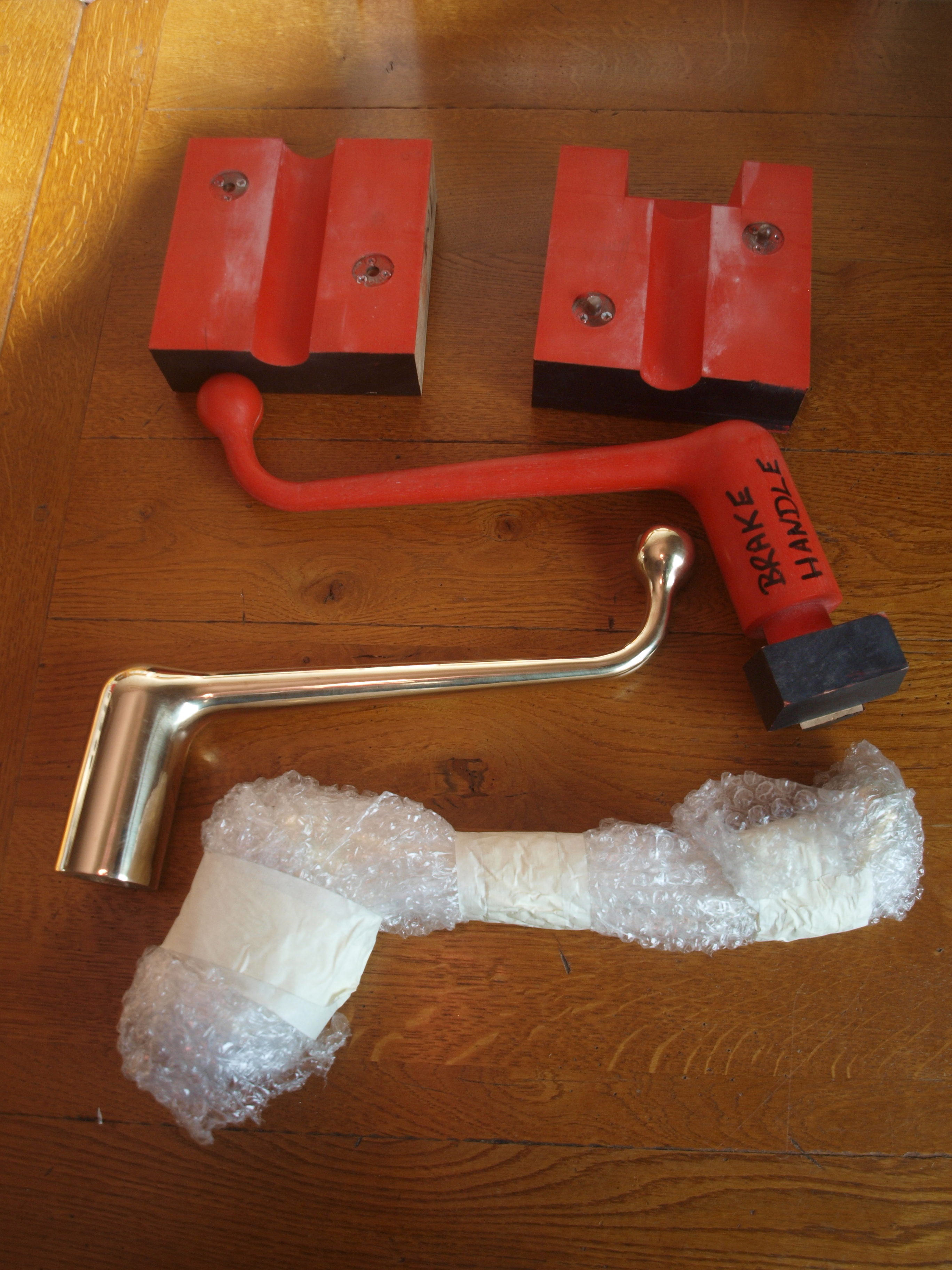
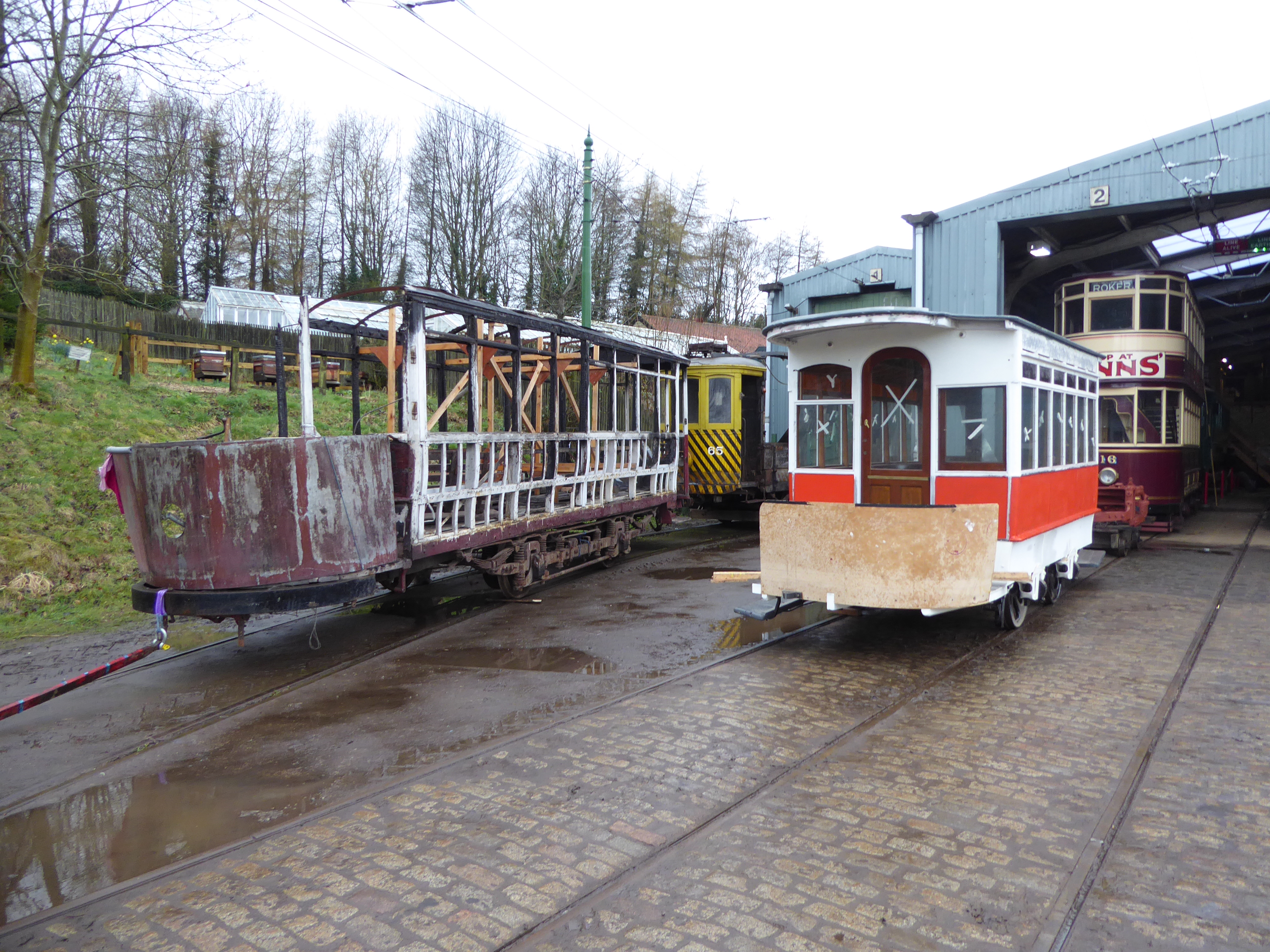


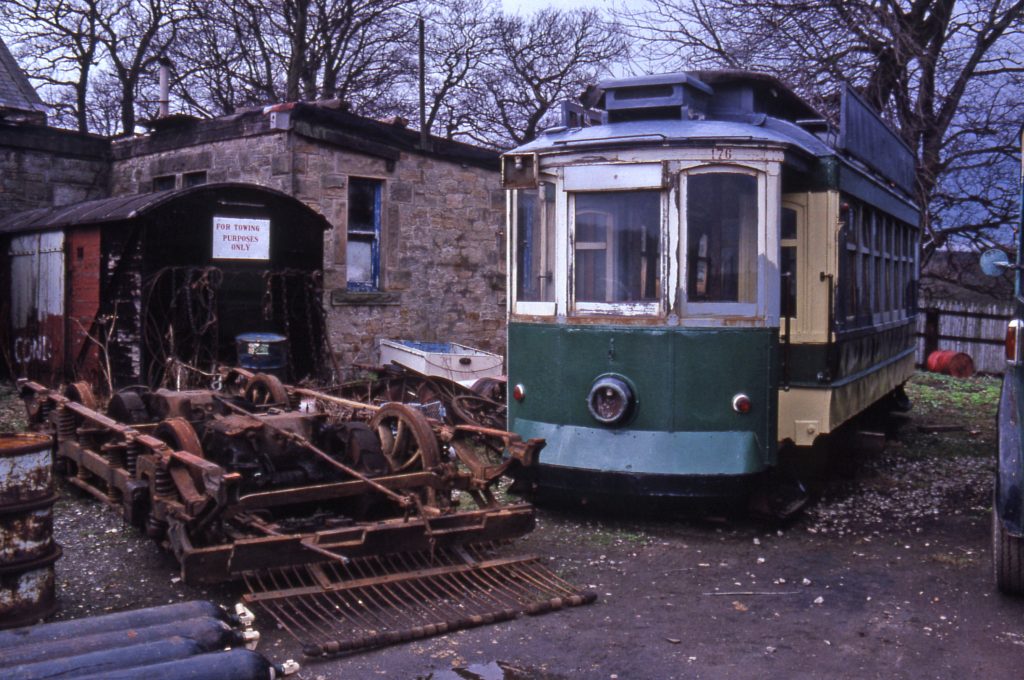
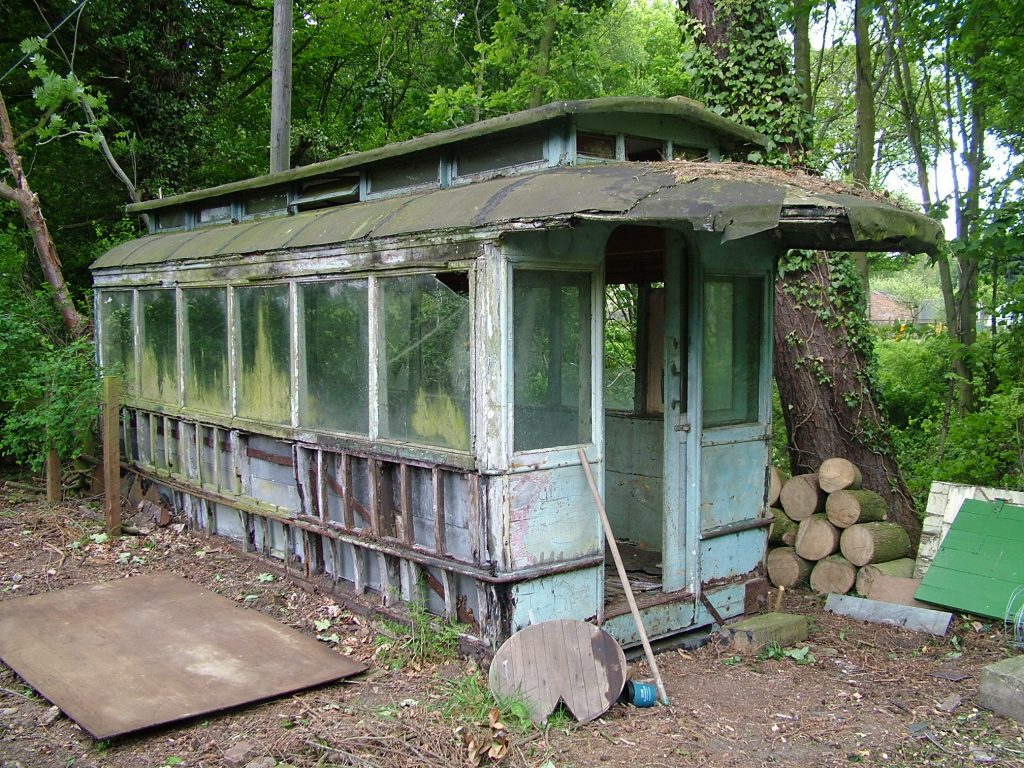
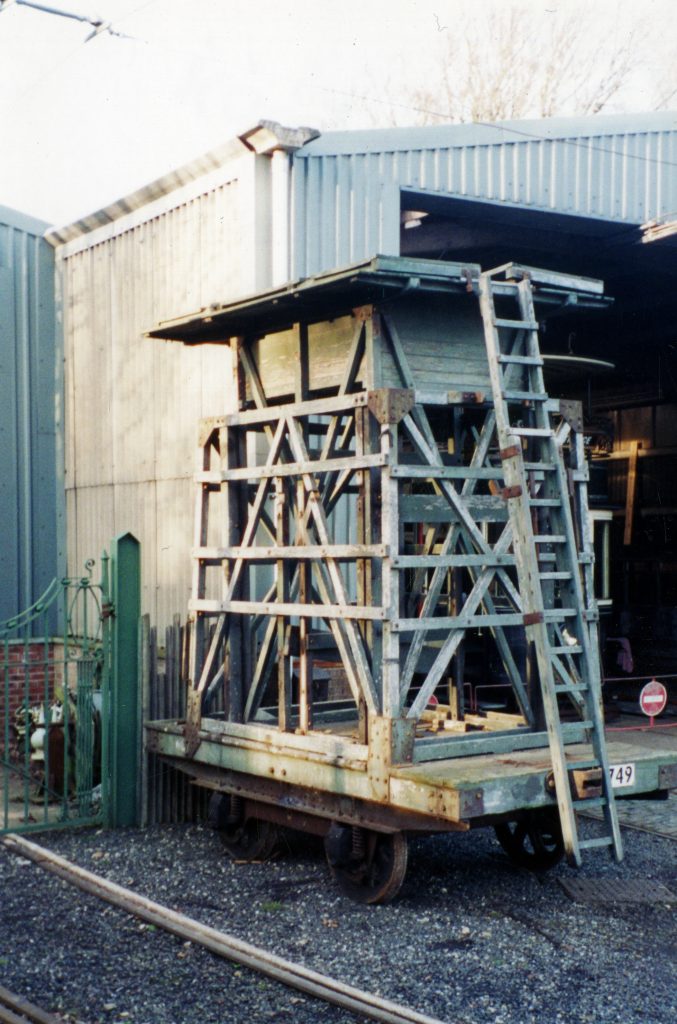
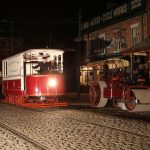

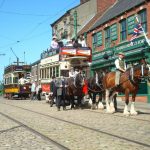

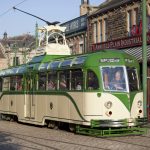

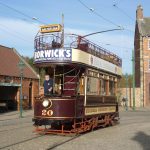



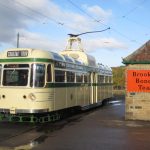
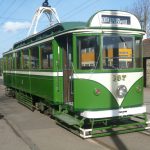





Hi paul,
could you do a similar article about the railway please?
btw great history of the tramway
Many thanks
cheers
rob
[…] Beamish has recently celebrated the 50th anniversary of their transport system with a special event – ‘Fares Please!’ – with their own fleet of trams and buses joined by a number of visiting vehicles. You can find out more and see photos of the event on the Beamish website here and you can read a blog about the history of the tramway here. […]